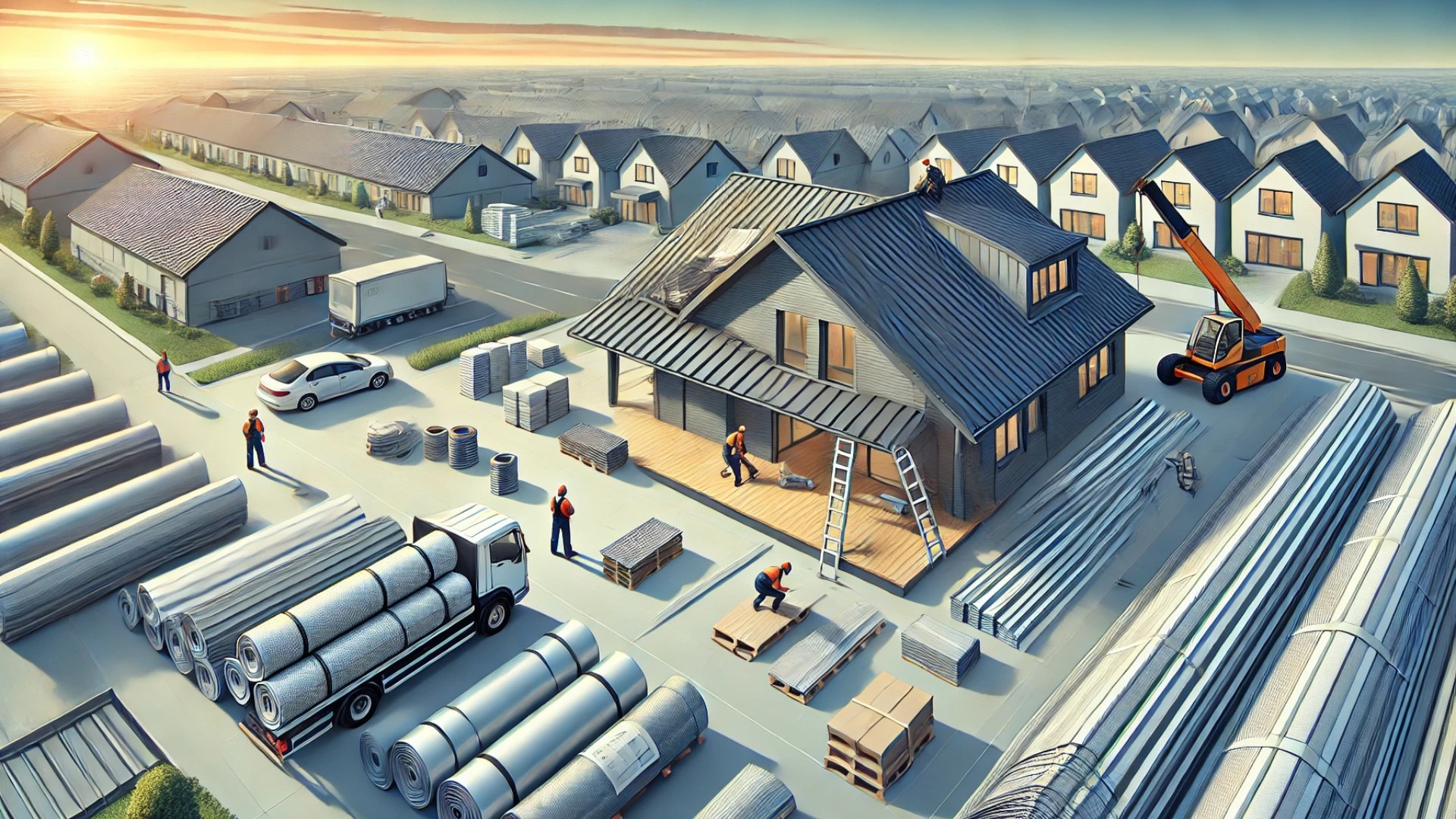
Revolutionizing Roofing: The Rise of Graphene-Enhanced Modified Bitumen
The roofing industry is witnessing a significant technological advance with the introduction of Graphene-Enhanced Modified Bitumen, specifically through the new product StressPly® Max by The Garland Company. This innovation promises not only enhanced performance but also addresses the growing demands of modern roofing applications.
Understanding Graphene's Role in Roofing Solutions
Graphene, a single layer of carbon atoms arranged in a two-dimensional honeycomb lattice, is known for its remarkable properties, including exceptional strength, flexibility, and thermal conductivity. By incorporating graphene into modified bitumen, Garland has engineered a roofing membrane that boasts superior strength and durability. This is achieved by forming a robust interconnected network that effectively enhances the asphaltic compound, raising its tensile strength well over a thousand pounds—a remarkable feat in roofing technology.
Compliance and Longevity: What This Means for Building Owners
With roofing structures often exposed to harsh conditions, StressPly® Max’s enhanced fire resistance and low-temperature flexibility are game-changers. According to Julie Anne Geyer, Garland’s Director of R&D, this innovative membrane excels in conforming to complex roof details, while also maintaining a Class A fire rating backed by an advanced blend of fire retardants. This not only improves safety but suggests lower long-term maintenance costs, benefiting both property owners and managers keen on return on investment.
The Future of Roofing: Trends and Predictions
The evolution of roofing materials is essential in addressing environmental challenges and sustainability within construction. Graphene-modified bitumen represents a significant step towards eco-friendliness in roofing. Studies indicate that such innovations improve not only the lifespan of roofing products but also their performance under extreme weather conditions. As the industry transitions toward more sustainable practices, products like StressPly® Max could lead the charge in redefining standards for durability and environmental compliance.
Addressing Common Misconceptions About Graphene-Modified Asphalt
Despite the excitement surrounding graphene-enhanced products, misconceptions persist about their feasibility and performance. Some critics may argue that the introduction of nanomaterials like graphene is an expensive and unproven venture. However, extensive research, including molecular dynamics simulations, has demonstrated the tangible benefits that graphene can offer, such as improved rutting and crack resistance. By employing the right dosage of graphene—typically 2% to 3%—manufacturers can avoid potential pitfalls like agglomeration, thus assuring a balance between cost and performance.
Practical Insights: What Property Managers Should Know
For property and facility managers, investing in advanced roofing solutions like StressPly® Max can significantly enhance the overall value and longevity of their buildings. This innovative membrane not only mitigates risks associated with environmental deterioration and fire hazards but also aligns with current trends towards sustainable construction. Understanding these advancements helps managers make informed decisions that ultimately lead to reduced long-term costs, improved safety, and enhanced property marketability.
Conclusion: The Value of Embracing Innovation
The introduction of graphically enhanced materials into roofing systems marks a pivotal turn in construction practices. As the roofing landscape evolves, so do the investment opportunities that arise from adopting cutting-edge technologies like graphene-enhanced modified bitumen. By staying informed and adaptable, industry stakeholders can leverage these innovations to achieve remarkable competitive advantages.
If you want to stay ahead of the curve in roofing technology and ensure the longevity and compliance of your investments, consider diving deeper into the benefits of Graphene-Enhanced Modified Bitumen. The future of roofing is not just about materials, it’s about transforming standards for safety and sustainability.
 Add Row
Add Row  Add
Add 

 Add Row
Add Row  Add Element
Add Element 




Write A Comment